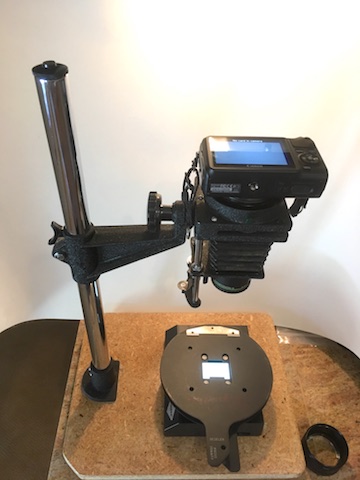So you can actually see noticeable difference in the v850 vs. v700 side-by-side comparison I linked above?
My take from that test is that either lenses are (a)coated (as are in scanners that are much much cheaper) in both Epson PRO and non-PRO series or (b)coatings don't make a difference.
I'm betting on (a).
I hate to say this because of the expected blowback, but yes, I can see a difference. Whether it makes a practical difference to anyone, that’s another story. And thanks for the helpful link.
Disregarding the sharpened scans which just introduces another variable, looking at both the dry scans and the fluid mount scans, there is greater color saturation and greater contrast in the V850 scans. The difference in these two aspects between the two scanners, with the dry mount scans is extremely minor, but it seems to be there, if only barely. His wet mount examples, though, show fairly obvious superiority of the V850 over the V700 in terms of more color saturation and greater contrast. Look at them again without preconceptions, and see if you might not agree. Might not, that’s okay, but I certainly see it in the wet mount examples.
I don’t see any difference, in his results at least, between the two scanners in terms of resolution, but given the identical resolution specs, I would not expect any.
Making the assumption, and it is nothing more than an assumption, that the coating situation on the lenses on both these scanners is the same ignores the fact that Epson clearly states they are not the same, with the V850 coatings being better somehow. Whether this means better coatings or coating as opposed to no coating they don’t say, and we don’t actually know at this point. Or, maybe they are lying as they do about the resolution. I don’t know, but looking at the scans in the test you provided, those look like better results consistent with coating differences. To me.
Will just get the V850 and not worry about it. When considering the nth degree improvement, better to have it and not to need it, than to need it and not to have it. Others who don’t see any difference, or believe identical final results can be achieved by just cranking up contrast and saturation in post are likely to be happier with spending less money, which is great.
Thanks for the link, seriously.


